- HubPages»
- Books, Literature, and Writing»
- Commercial & Creative Writing»
- Creative Writing»
- Humor Writing
How to Run a Car on Nothing - No Fuel or Water
Fresh Air and Ingenuity
Like many others, I gave up on fuel years ago and started running my car on water. The savings were great of course, and the performance, though not brilliant, was quite good enough for rush hour commuting.
But after a while, I found I was getting tired of the hassle of having to check water levels every other day and, to be honest, the smell of the catalyst (used to dissociate the water into Hydrogen and Oxygen) was starting to get to me big time. So, I sat down to think it through from first principles, and this is what I came up with:
- I don't need a performance car since all my driving is around town.
- An electric car would be quite fine.
- Electric cars don't need combustible fuel, but they do need electricity to charge the batteries.
- Of course! Make the car generate its own electricity!
The idea seemed so simple I wondered why no-one had done it before. Now, I'm more of a theoretician than a practical guy, but fortunately my next door neighbour, Jim, is a keen amateur mechanic with a well equipped garage workshop. When I explained my plans, he couldn't wait to give it a go.
Block Diagram
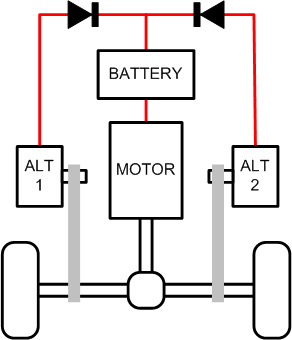
The Project
The project took a few weeks to come to fruition but, though it was hard to do, it's simple to describe. Here's the gist:
- Obtain an electric vehicle of your choice. I settled on the Dynasty Electric Sedan.
- Obtain two alternators. We used Lucas as Jim already had a couple lying around in the workshop.
- Mount these to the chassis and couple them, with drive belts, to the rear half-axles.
- Regulate and rectify the electrical outputs from the alternators and connect them to the battery stack via heavy duty diodes. (The latter should be mounted on a heat sink).
Of course, I've compressed several weeks of effort into a few short lines, but I'm sure you get the picture. Here's how the system works:
The battery drives the motor in the normal way, so the car moves along the road. Normally, the battery would gradually discharge till the car stops. But here, the rotating rear half-axles turn the alternators, which in turn keep the battery fully charged.
I've been told it can't work. People used to say cars couldn't run on water! There's always someone looking to be negative. But consider this - this is the secret of my success - there are two alternators and only one motor! Everyone knows nothing can be 100% efficient. There are losses in friction, in the drive belts, in the heat sink. Yes, but even with the losses, I'm getting 60% from each alternator! That's 120% total. So, I have 100% to recharge the battery and drive the motor, and 20% left over, which looks after lights, radio and all the rest.
Already Jim and I are working on a new model with four alternators! Jim's had the devil's own job inventing a flexible coupling to the steerable front wheels. But he's completed the prototype. Four alternators all giving 60% - that's 240% folks! This one, we're going to race!
Postscript - if in any doubt:
This hub is for entertainment only, and is my response to the 'run your car on water' scam. I'm a physicist by training and have been an engineer all my working life. There are little things like the Carnot cycle and Entropy that can't be circumvented. You can't run a car on water because to dissociate water into hydrogen and oxygen takes more energy than is released by recombining it (in the engine). An alternator cannot give out more electrical energy than the mechanical input. So my 'invention' is also a scam - the alternators would simply act as brakes! But in my favour, I'm not trying to sell you anything. Don't believe everything you read, and beware of pseudo-science and spurious statistics.

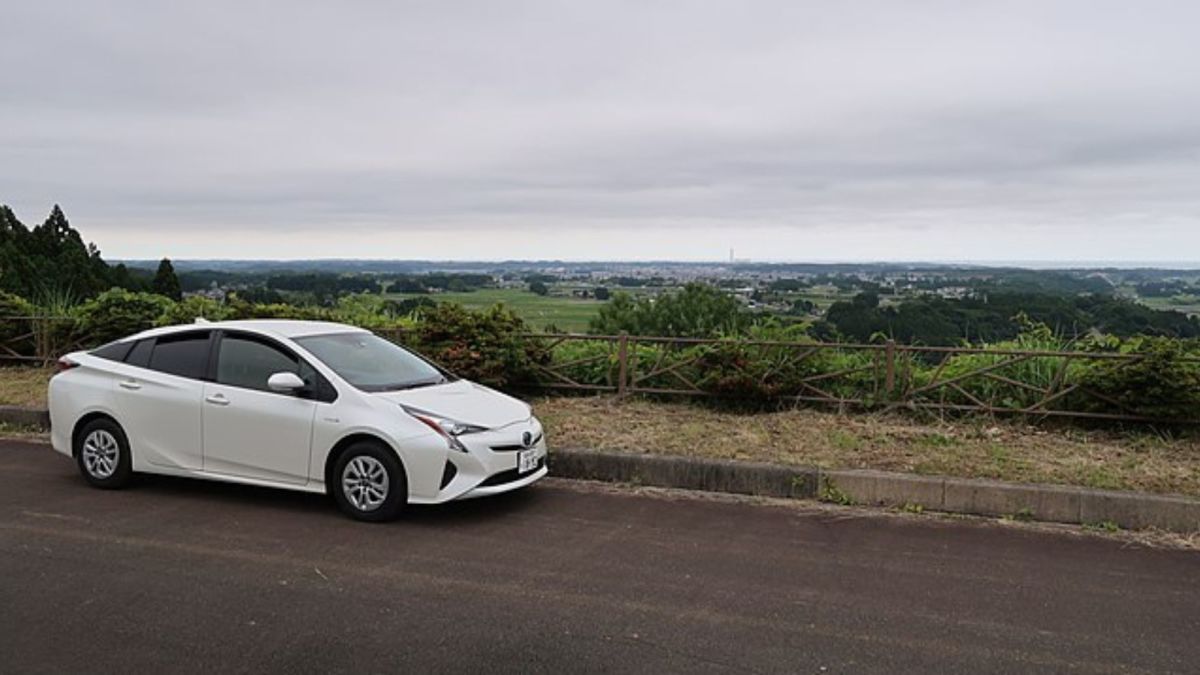
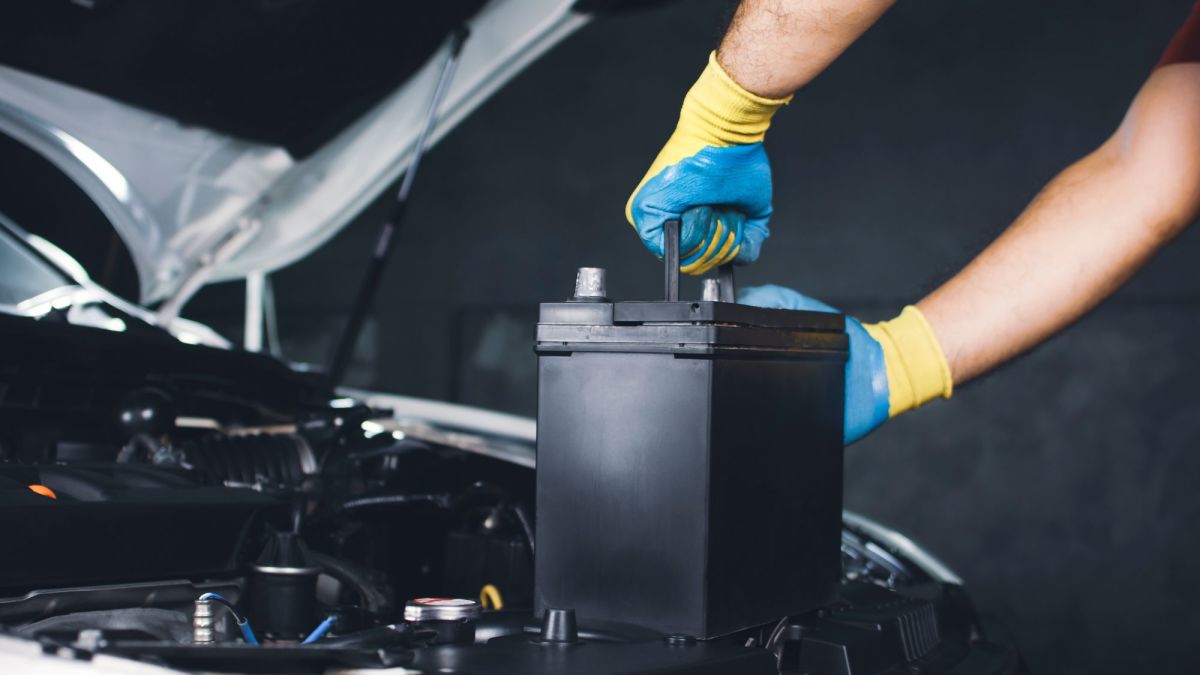

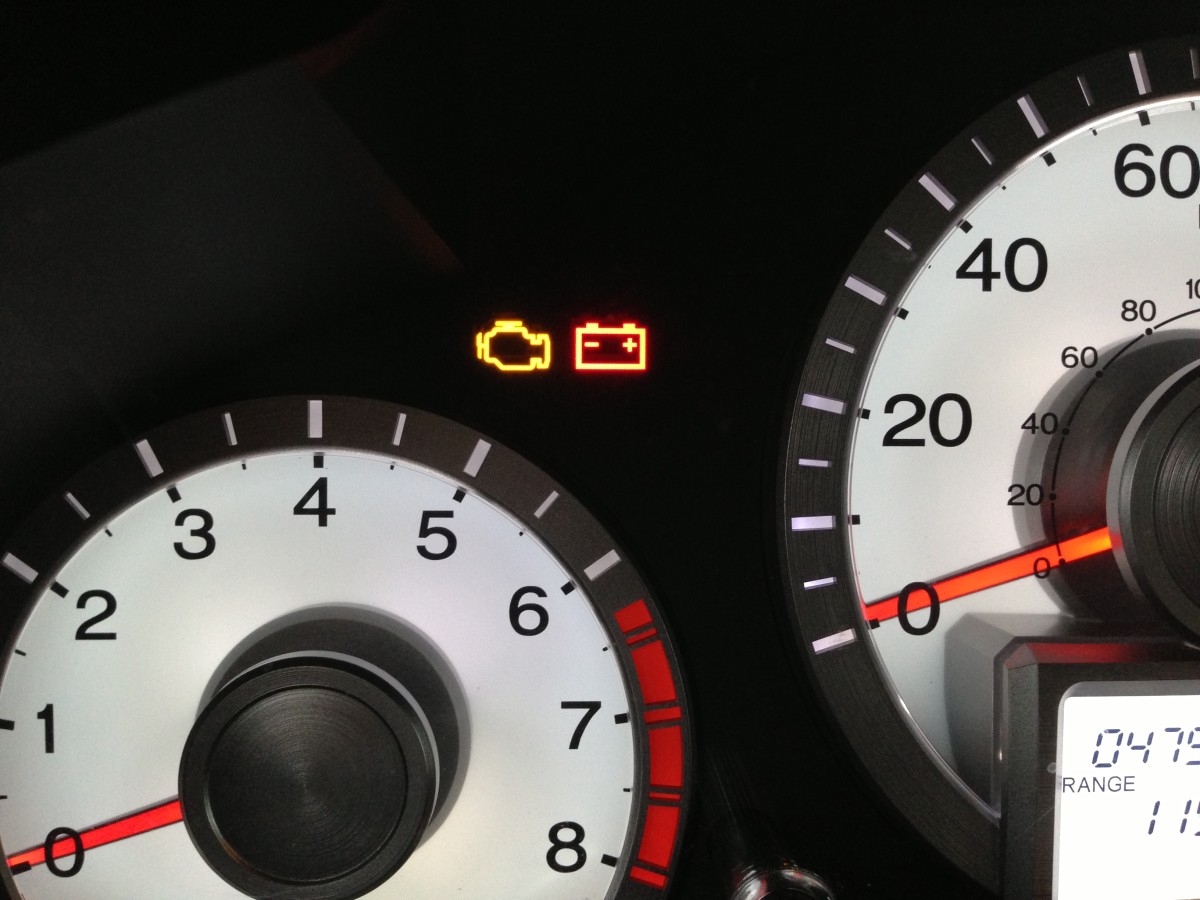
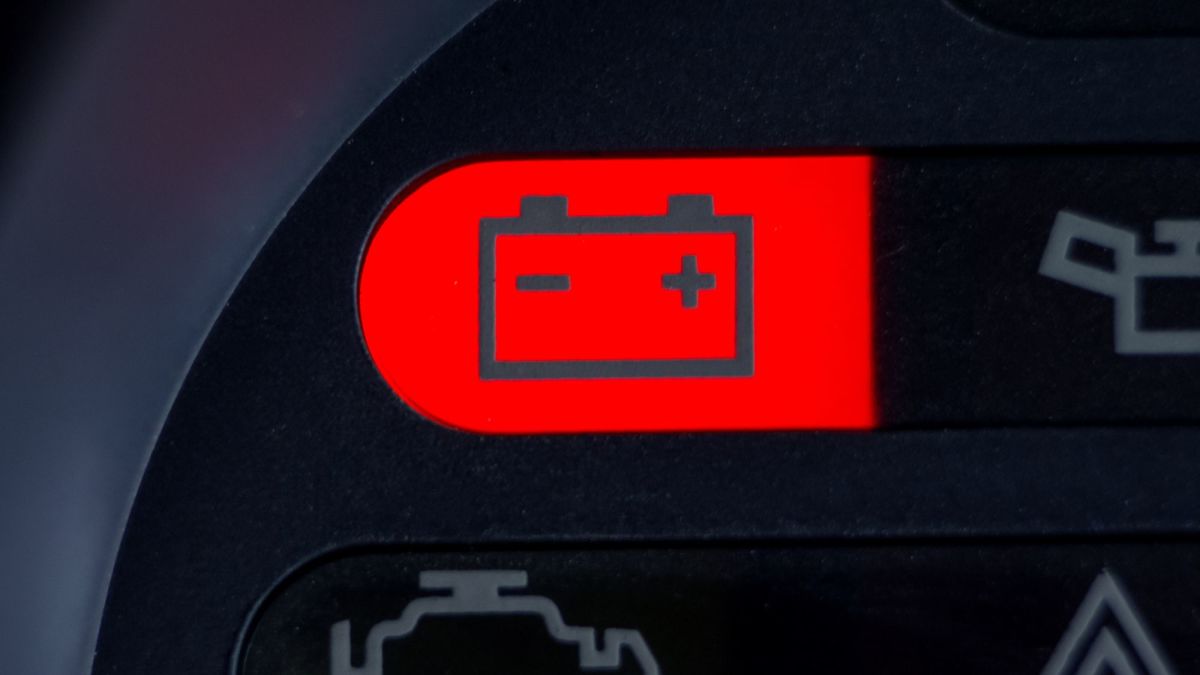

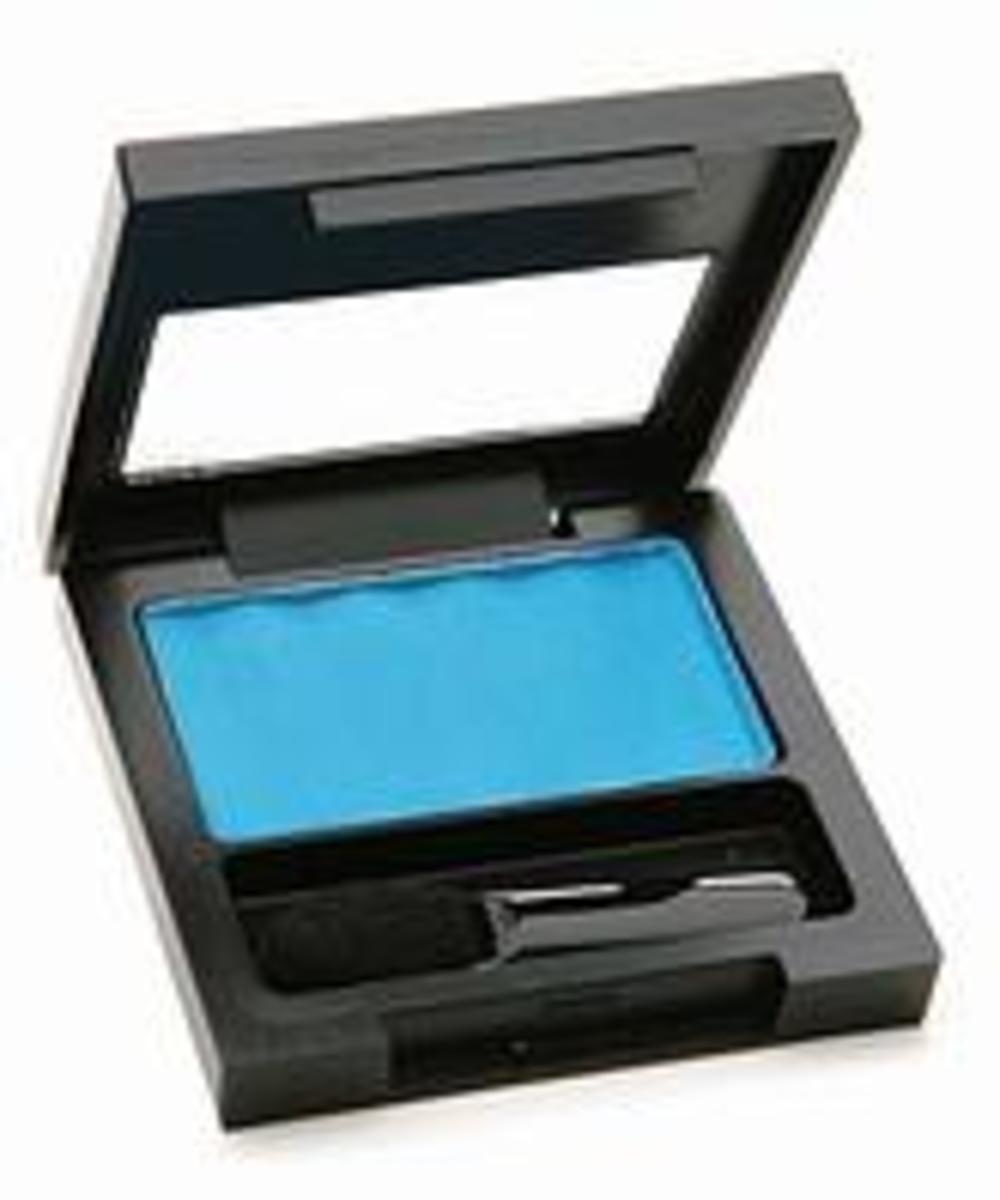
![Baltic Sea Anomaly Details: Is it a UFO or Hoax [video] Baltic Sea Anomaly Details: Is it a UFO or Hoax [video]](https://images.saymedia-content.com/.image/t_share/MTc2MjY0ODM3MjA1MjcxNzI1/baltic-sea-ufo-unidentified-submerged-object.jpg)